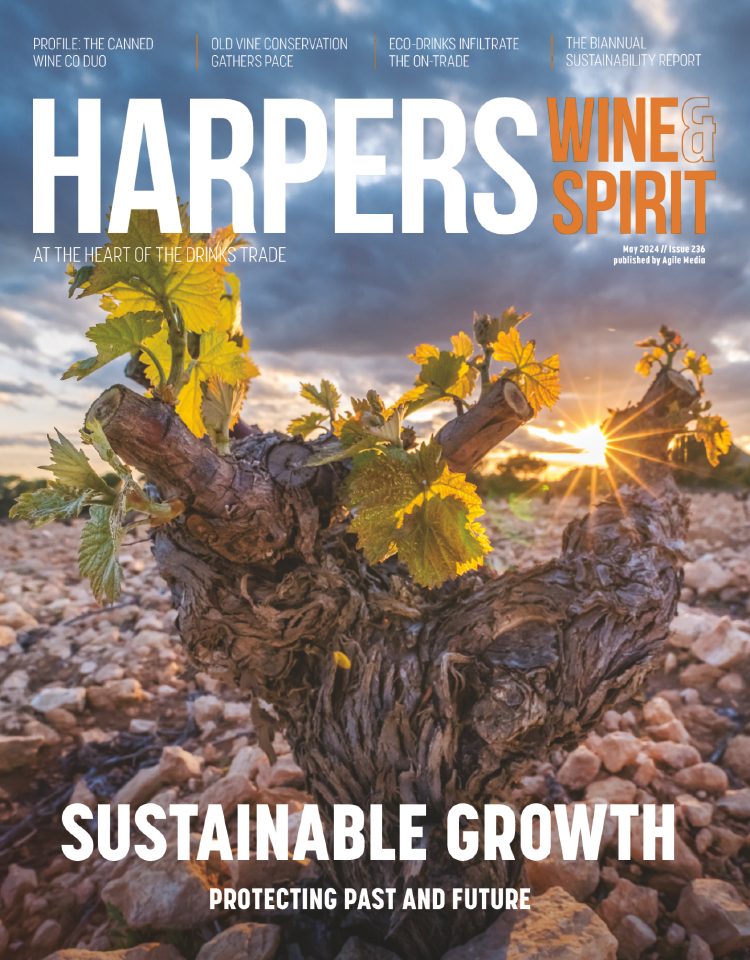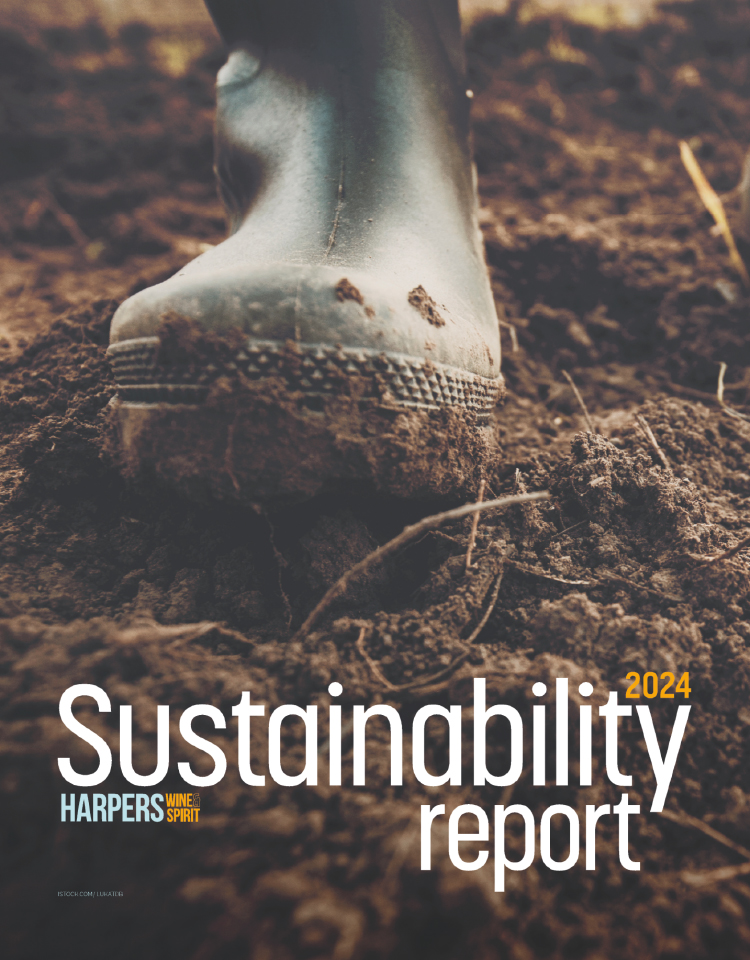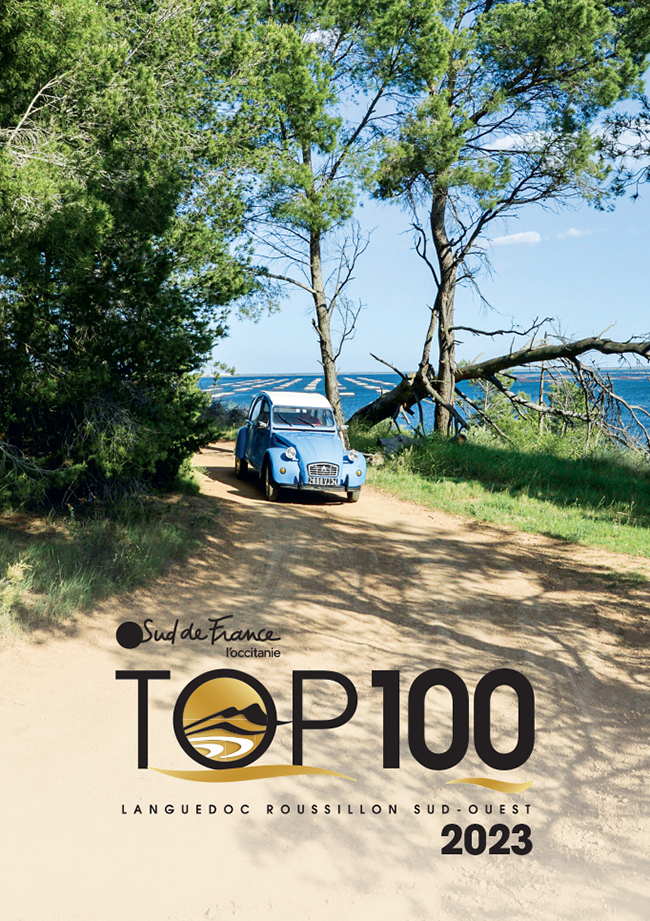
Looking ahead: Sam Thackeray, Enotria & Coe
With the first half of 2022 already history, Harpers asked key trade figures to highlight the current challenges, ongoing trends and opportunities.
We continue our series with insights from Sam Thackeray, MD of Enotria & Coe.
How ‘back to normal’ are you as a business?
In terms of volumes and demand, we have shot past what ‘normal’ looked like in 2019. From our point of view, trade is absolutely back with a bang. We are on target for growth of 50% this year, relative to 2021.
Operationally however, we are far from back to normal. Ongoing supply chain disruption has affected stock availability and lead times on freight, particularly from deep-sea locations.
How, if at all, have drinking habits changed post-lockdown?
We hear so much about premiumisation, but it has been magnified by the pandemic with two very specific twists. Providing experience that justifies going out with an element of theatre is key. Venues that do this well are finding that consumers are more than happy to increase their average spend per head in return for this experience. Cocktails are taking up ever more market share. Together, these two factors are now key to driving success and attracting repeat customers in the on-trade.
During the pandemic, consumers developed a taste for significantly better products, as they were spending retail prices on drinks (rather than paying list prices in a restaurant), and it was one of the small luxuries that people could slot into their lockdown routines. Returning to hospitality, we are seeing that consumers are significantly more open-minded to trading up. They are also more interested in speaking to an informed and engaging sommelier or front-of-house staff, as this is part of the experience they missed out on for the last two years.
How has the first half of 2022 been when compared to the same period in pre-pandemic 2019?
Total volumes have been broadly stable, with key differences in specific categories. It seems that the era of gin has seen its heyday, as our 2022 sales YTD have seen gin sales contract by 38%, and agave-based spirits grow by 27%. That said, agave-based spirits sales are still at one-third of total gin sales. In keeping with the burgeoning interest in out-of-home cocktail experiences, we have also seen 180% growth in cocktail ingredients.
In terms of volumes of wine sold to the on-trade year-to-date, we are seeing a few key shifts, including a definitive swing away from entry-level quality. Volumes of wine sold in 2022 are almost double those for the same period in 2019. In that context, the total cases sold of entry-level wines have remained broadly flat, which means that as a proportion of our wine volumes sold, entry-level used to account for 61% of wine volume sold to the on-trade in 2019, but is now down to 30%. This is a clear example of the premiumisation we are seeing across the on-trade.
What were the highs and lows for your own business in the first six months of 2022?
The most important high for E&C in 2022 has been the phenomenal progress we’ve made on our Sustainability Charter. At the beginning of the year, we pledged to make some wide-ranging changes to our operations, supply chain, due diligence on our suppliers, own governance and reporting and also duty of care towards our colleagues and our community. It has been immensely encouraging to see the groundswell of energy for this project across the business, that has enabled us to make rapid and dramatic changes.
Another important high has been winning some exciting new business. These have been a huge high from a morale point of view for our sales teams, and also an encouraging sign to our suppliers that hospitality in the UK is back.
The most notable low has been living with and adapting to ongoing supply chain disruption. Operationally, it has a huge effect on our warehouse, demand planning and order office teams, and our salespeople are having to work harder than ever on a daily basis to communicate proactively with our customers. Contingency planning with substitute products has never been more paramount.
What, currently, are the biggest challenges for the trade in general?
Labour shortages continue to be a major challenge for the trade, although of course hospitality is not experiencing this in isolation. Perhaps not a challenge per se, but rather a source of some residual concern, is the fragile state of the economy and what impact that will have on consumer confidence. It has already had an effect on the off-trade, which has softened noticeably in spending habits. That said, the premium end of the on-trade – particularly the fine dining and specialist venues that have always been Enotria’s stronghold – have remained relatively resilient for now.
What will the focus be on with regard to your portfolio and why?
We are looking forward to welcoming five new producers to the portfolio in September. These are:
- Domaine Sigalas (Greece’s best wine producer, making sensational wines on Santorini from vines with an average age well over a century – the high sand content of the soils meant that phylloxera never took root on the island)
- Serra Ferdinandea (an exciting collaboration between the Planeta family on Sicily and the Oddo family from Provence, based on biodynamic principles)
- Rob Dolan (James Halliday’s 2014 Top Newcomer Winery of the Year from Yarra Valley)
- D’Angelo (Aglianico del Vulture from Basilicata)
- Arnaldo Caprai (champion of the Sagrantino grape in Umbria)
Most importantly, these new agencies signal our commitment to a premium portfolio drawing on the best talent and terroir the winemaking world has to offer. We will be underlining this commitment with our Fine Wine tasting in October at the Royal Albert Hall.
What innovations in the drinks world do you believe will have the most impact going forward?
Sustainable practices, and specifically innovation in packaging, will become an ever more important talking points for drinks brands. We haven’t necessarily seen that sustainable credentials immediately correlate to a boost in sales, but they certainly give a brand a relevant talking point that resonates with consumers in today’s market.
Quick-fire questions:
Bordeaux or Burgundy?
Burgundy.
Riesling or Chardonnay?
Chardonnay.
USA, OZ or South Africa?
USA. Preferably Sonoma Pinot Noir.
Cocktails or slow sipping spirit?
Cocktails. A picante, if you’re offering.
English fizz or Champagne?
Either. So long as it’s Blanc de Blancs.
Favourite fast/junk food and drink pairing?
Salt & vinegar Squares and Manzanilla.
Keywords:
- Harpers
- asked
- trends
- opportunities
- highlight
- ongoing
- challenges
- ongoing trends
- current challenges
- trade figures
- challenges ongoing
- key trade figures
- challenges ongoing trends
- current challenges ongoing
- figures
- current
- key trade
- harpers asked key
- asked key trade
- history








